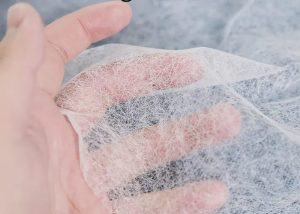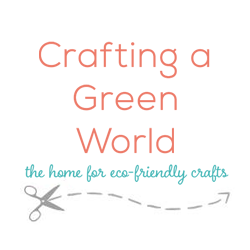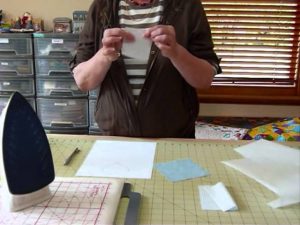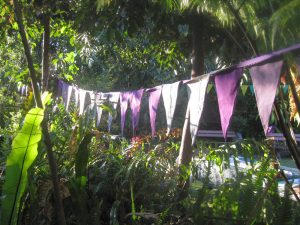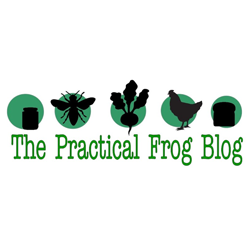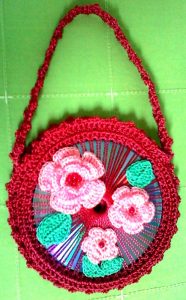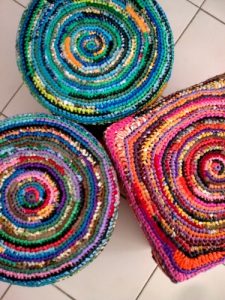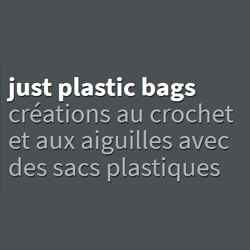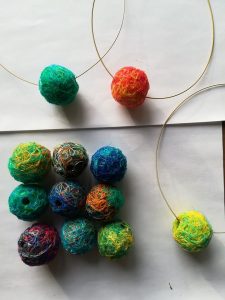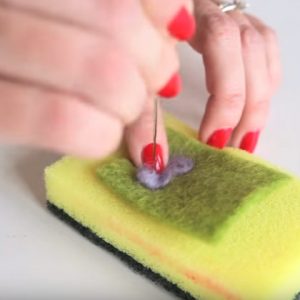Any plastic that does not fit within the other six categories falls into number 7 and historically, you would not find number 7 in normal day to day plastic packaging – but this changing – see below. This category also includes multilayer combinations of different plastic.
Acrylic
Poly(methyl methacrylate) (PMMA) belongs to a group of materials called engineering plastics. It is a transparent thermoplastic. PMMA is also known as acrylic, acrylic glass, perspex, or plexiglass. This plastic is often used in sheet form as a lightweight or shatter-resistant alternative to glass. It can also be used as a casting resin, in inks and coatings, and for many other purposes.
Nylon
Nylon is a generic designation for a family of synthetic polymers composed of polyamides (repeating units linked by amide links). It is a silk-like thermoplastic that can be melt-processed into fibres, films, or shapes.
Products made of nylon include;
- Tights/stockings
- Toothbrush bristles
- Parachutes
- Tents
- Carpets – the most popular fibre type in the residential carpet industry today
- Fishing nets and line
- Clothing – pure nylon has many flaws and is now more commonly used a blend
Various nylons break down in fire and form hazardous smoke, and toxic fumes or ash, typically containing hydrogen cyanide. Incinerating nylons to recover the high energy used to create them is usually expensive, so most nylons reach the garbage dumps, decaying slowly.
Polycarbonates (PC)
A group of thermoplastic polymers containing carbonate groups in their chemical structures.
Used in;
- Glazing
- 3D printing
- CDs and DVDs
- Large water bottles
- Greenhouses
- Safety goggles
- Food blender jars
Polyurethanes (PU)
Over three quarters of the global consumption of polyurethane products is in the form of foams.
Flexible foams:
- Furniture
- Bedding
- Cleaning sponges
- Car seats
Rigid foams:
- Inside fridges and freezers
- Insulation panels
- Inflatable boats
- Surfboards
Flexible plastics;
- Watch straps
- Spandex/Lycra
- Varnish
- Skateboard wheels
- Some types of glues
Bioplastics
Newer bioplastics see are included in this category. Putting a whole plastic stream in a catch all category can cause quite a lot of confusion during the sorting and recycling process.
Polylactic Acid (PLA)
- Plastic filament material in 3D printing
- Disposable tableware
- Cutlery
- Compost bags
- Food packaging
- Loose-fill packaging material
- Monofilament fishing line and netting
- Nonwoven fabrics for upholstery, disposable garments, awnings, feminine hygiene products, and nappies
 Recycling
Recycling
Number 7 plastics are not typically recycled as they’re mostly specialty produced in limited volumes.
 WARNING
WARNING
Some of the plastic types included here (like PC) release very toxic fumes when heated. Make sure to inform yourself about the plastic type you want to work with, and test its properties before proceeding.
Sources
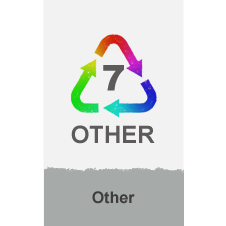

 Recycling
Recycling WARNING
WARNING

